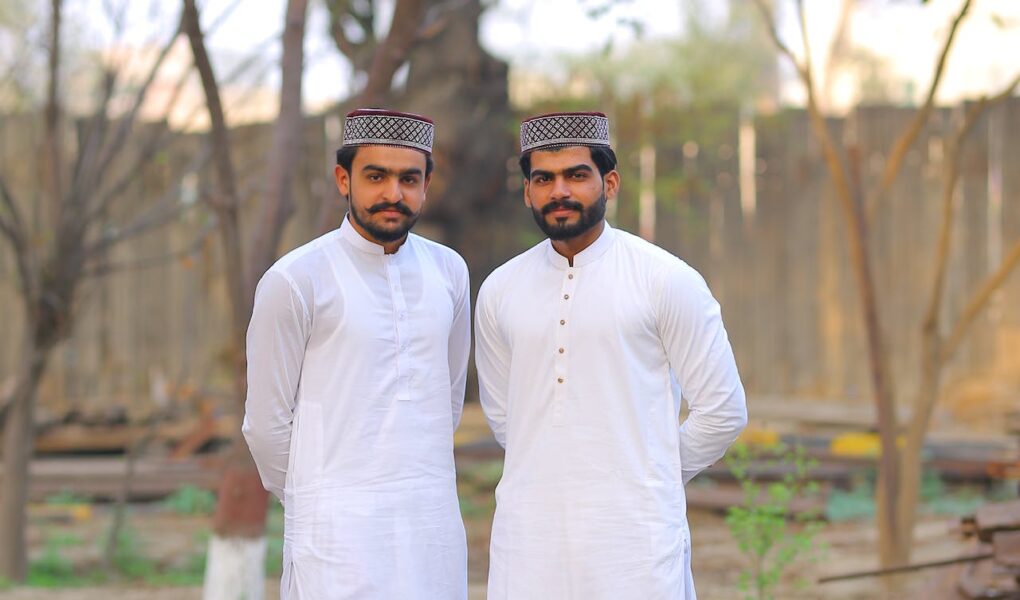Traditional thobes for men have long been a symbol of culture, heritage, and elegance. In this comprehensive guide, we delve into the rich history and intricate details of thobes, exploring their significance, types, and the reasons why they continue to be a popular choice for men’s attire. From the classic designs to the regional variations, this article aims to provide a deep understanding of the traditional thobe.
Table of Contents
The Origins of the Thobe
The traditional thobe, also known as a kandura, dishdasha, or jalabiya, has its origins deeply rooted in the Middle East. This timeless garment has been worn for centuries and has evolved into various styles, each carrying its unique cultural significance. Historically, thobes were crafted from natural fabrics like cotton or wool, keeping the wearer comfortable in the desert heat.
Types of Traditional Thobes
1. Classic Thobe
The classic thobe is the quintessential representation of this traditional attire. It features a loose-fitting, ankle-length garment with long sleeves and a simple round neckline. This thobe for men is typically worn in white, symbolizing purity and simplicity.
2. Embroidered Thobe
For special occasions, men often opt for embroidered thobes. These garments are adorned with intricate embroidery, often in contrasting colours, adding a touch of sophistication to the traditional attire. The embroidery patterns can vary based on regional influences, making each piece a unique work of art.
3. Collarless Thobe
The collarless thobe, also known as the “ghutra,” is a variation that omits the traditional collar. Instead, it features a V-neck design, providing a modern twist to the classic thobe. These are often worn with a headscarf, making for a traditional yet contemporary ensemble.
Regional Variations
Traditional thobes vary in style and design across different Middle Eastern regions, reflecting the unique cultural influences of each area.
1. Saudi Arabian Thobe
The Saudi Arabian thobe is renowned for its simplicity and elegance. It typically features minimal embellishments and is commonly worn in white. The purity of this design reflects the modesty and austerity valued in Saudi Arabian culture.
2. Emirati Thobe
In the United Arab Emirates, the Emirati thobe is characterized by its exquisite embroidery and luxurious fabrics. These thobes often feature intricate designs on the cuffs, collar, and front placket, showcasing the opulence of the region.
3. Palestinian Thobe
Palestinian thobes are known for their vibrant embroidery and rich colours. These garments are a source of pride and identity for Palestinian women, who often create elaborate designs that tell stories of their heritage and history.
The Thobe’s Modern Resurgence
While traditional thobes have deep historical roots, they have also seen a resurgence in modern fashion. Many designers are incorporating elements of the thobe into contemporary men’s clothing, creating a fusion of tradition and modernity. This trend has gained popularity not only in the Middle East but also on the international fashion scene.
Conclusion
In conclusion, traditional thobes for men are not just garments; they are a reflection of culture, heritage, and identity. From their humble origins to their modern interpretations, thobes continue to be a symbol of timeless elegance. Whether worn for everyday comfort or special occasions, the thobe holds a special place in the hearts of those who appreciate its significance.




